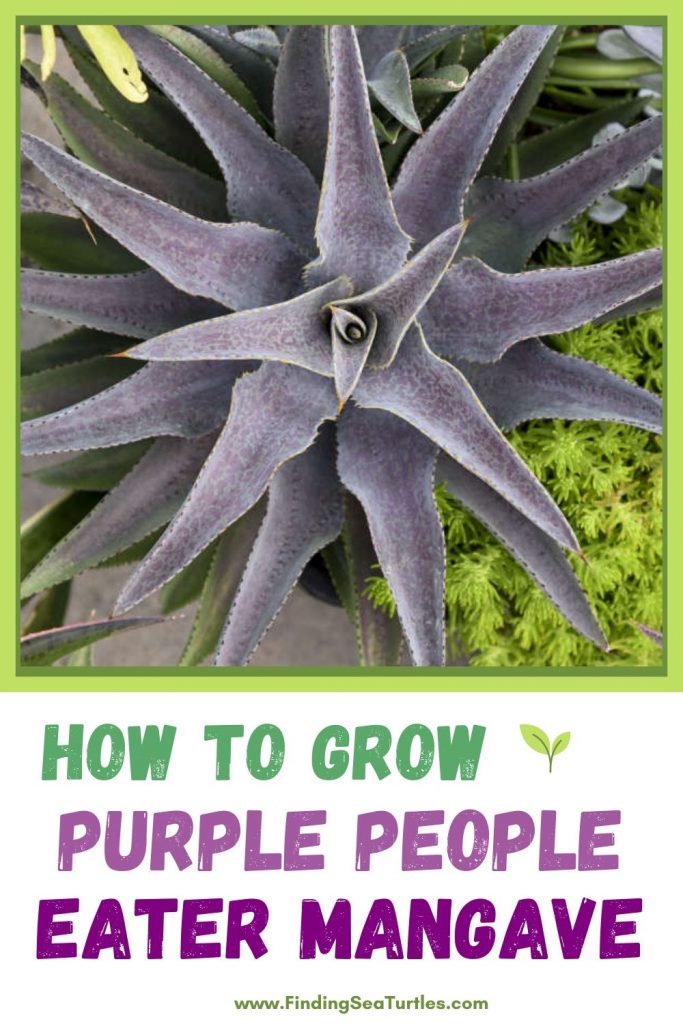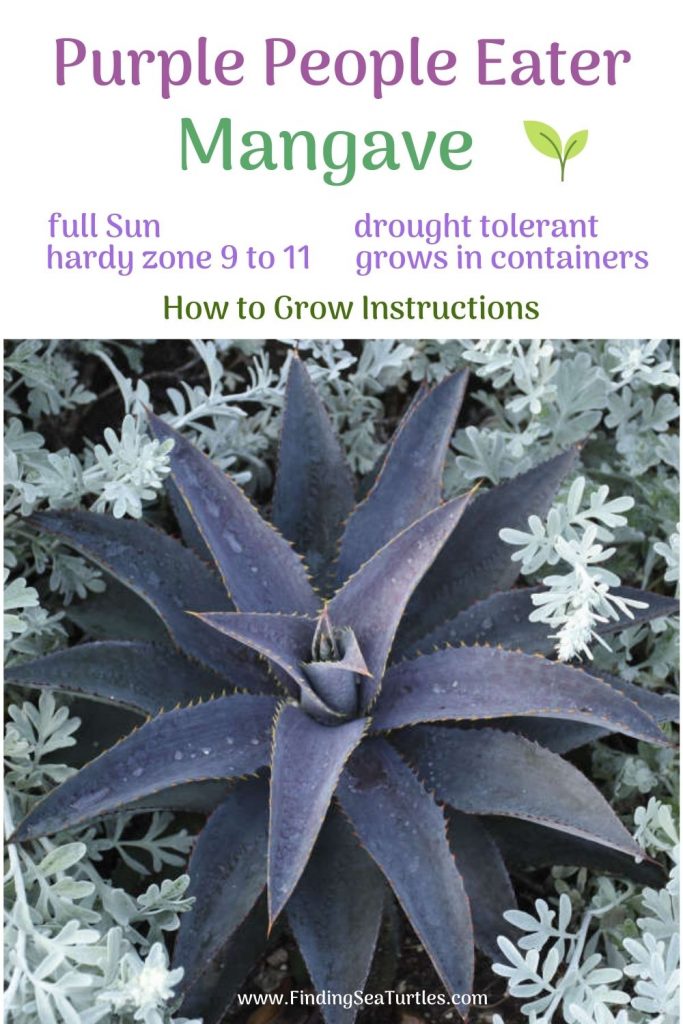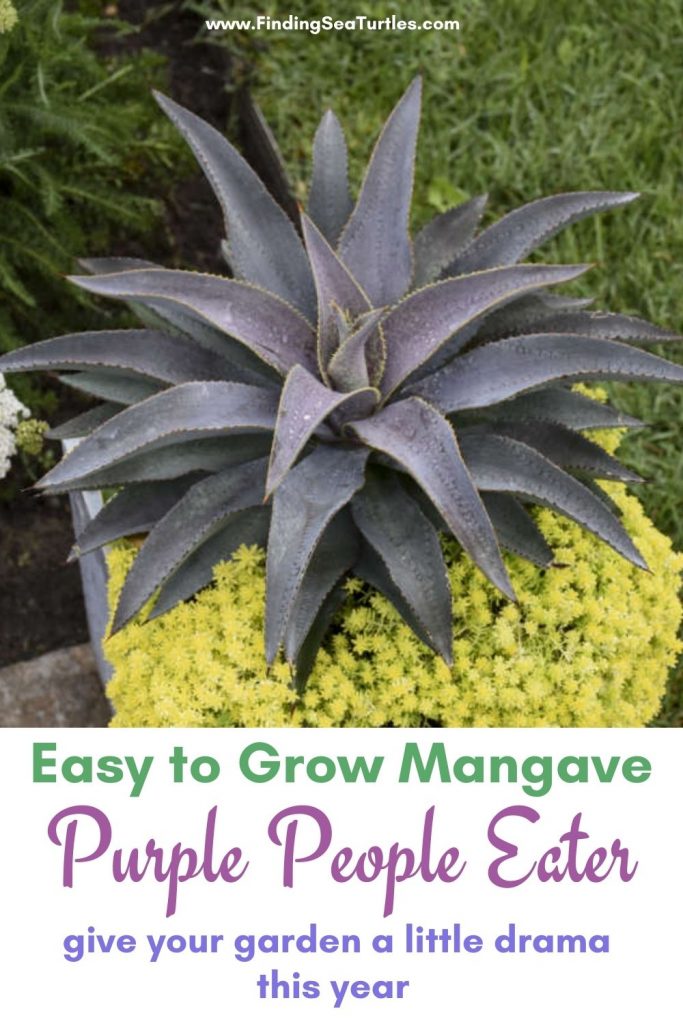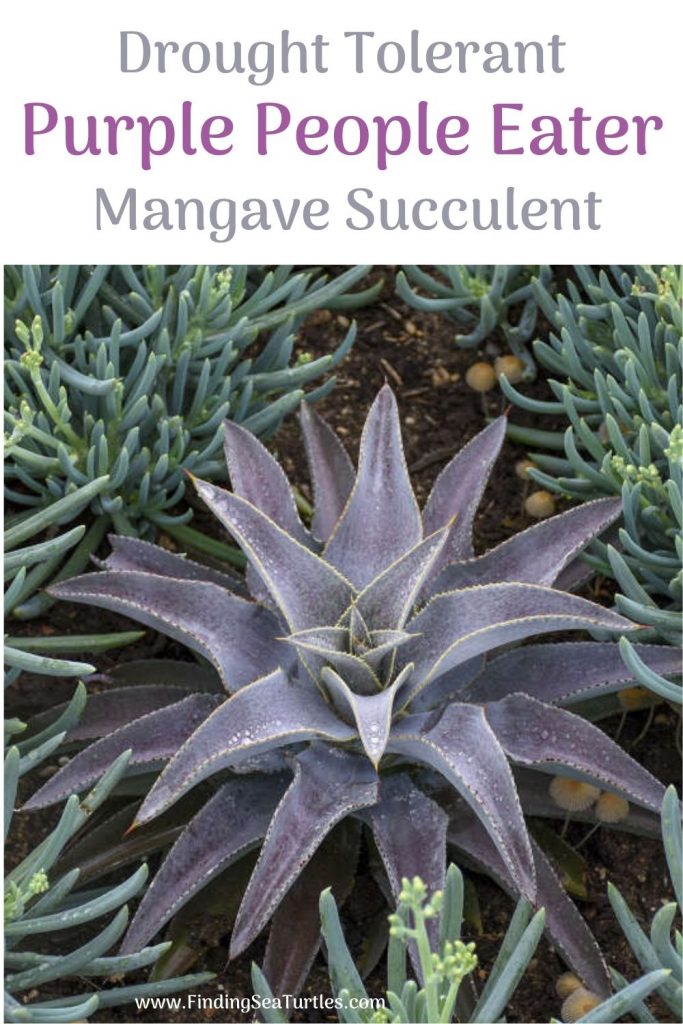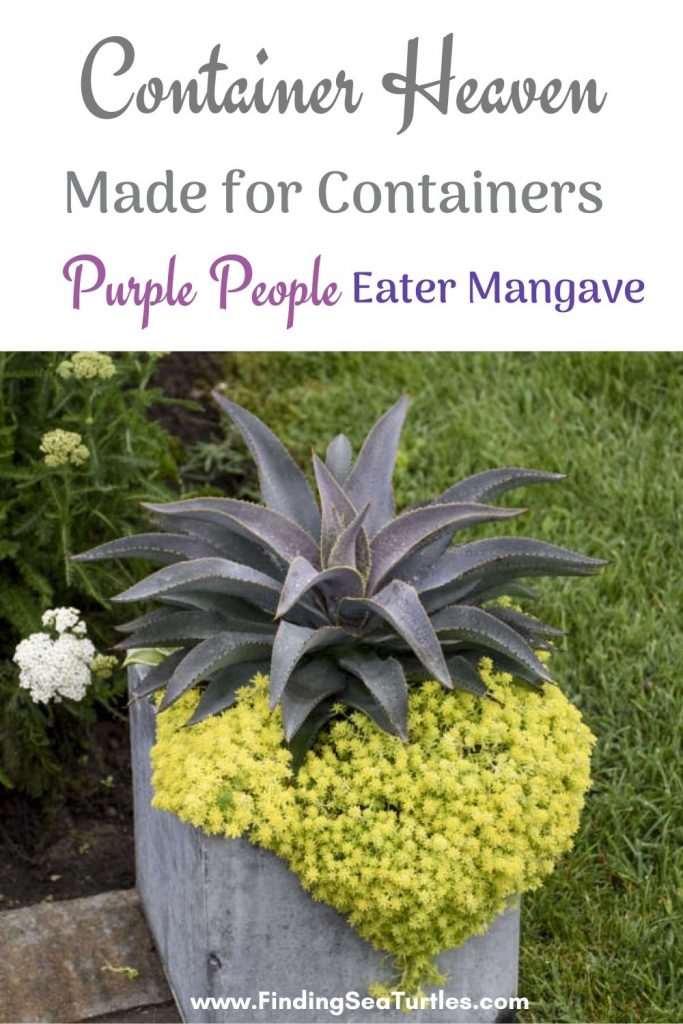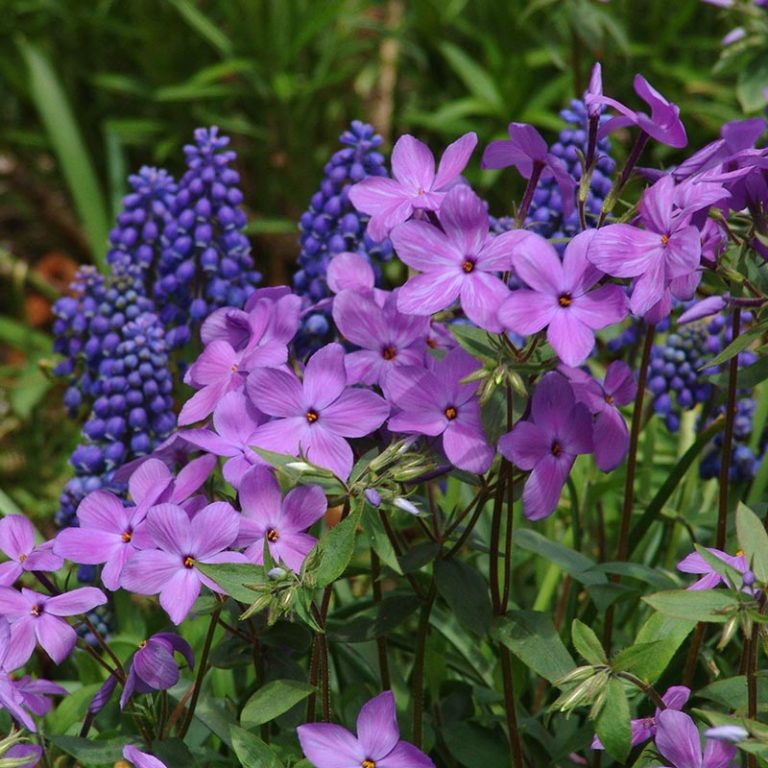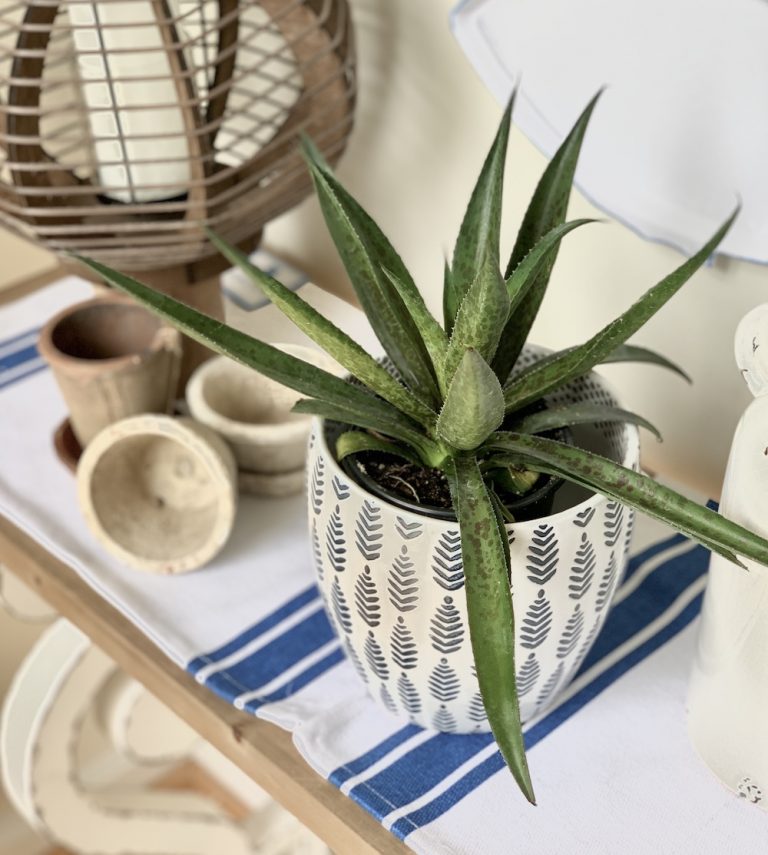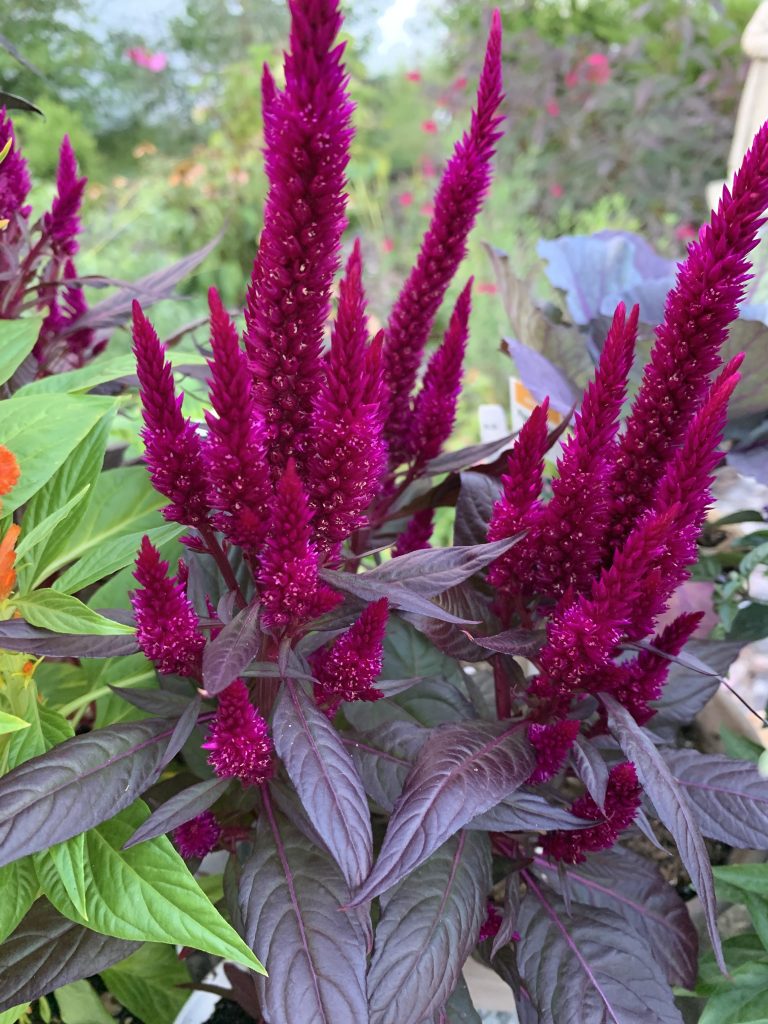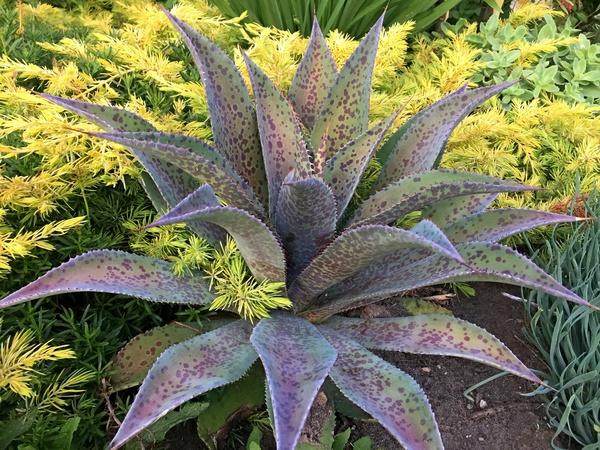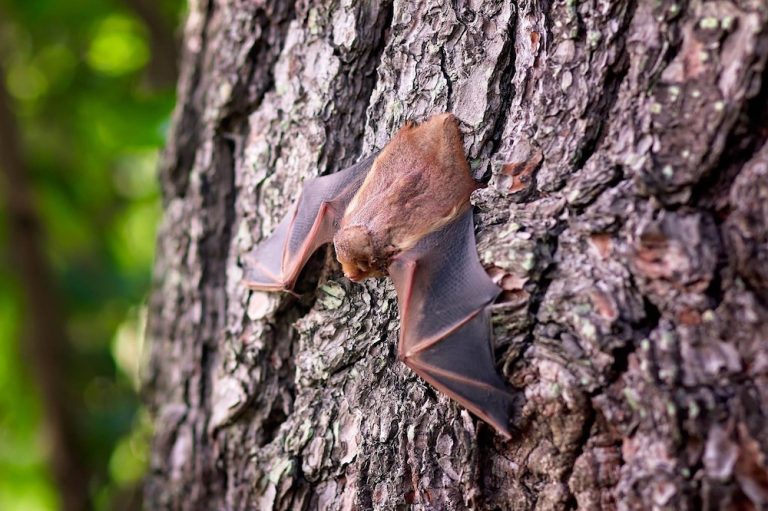How to Grow Purple People Eater Mangave
Grow Purple People Eater Mangave in your garden. In today’s post, we will share how easy it is to grow a Purple People Eater Mangave. A drought-tolerant plant once established in the garden. Mangave loves Sunny conditions and is easy to care for. Plant foliage has outstanding coloring as the name of this Mangave implies. The important step to remember about all Mangave plants is they thrive best under full sun conditions. The greater the exposure to the Sun, the more intense the foliage becomes. The spotting on the foliage itself becomes more noticeable with tons of Sun. Needless to say, it creates a great specimen plant for the garden.
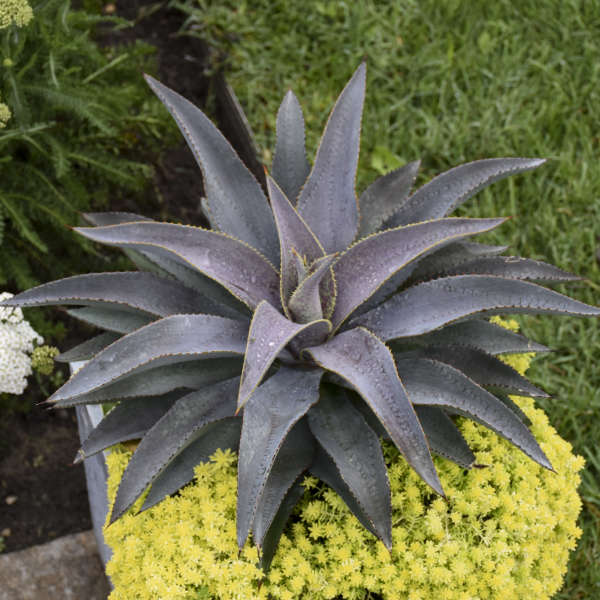
In previous posts, we’ve shared what we love about Mangave Plants. We especially like that the Mangave is drought tolerant. These beautiful Mangave plants can go longer without water. This is helpful if you have a busy schedule and lack the time for regular watering. These jewels can also be grown in containers. Perfect for a balcony, patio, porch, or a deck outdoor space. But best of all, the color, spotting, and texture of the Mangave leaves are striking. An alternative option for patio plants that easily fits into a Boho, Coastal, or Modern Farmhouse style. They simply are beautiful!
The Beginning of the Mangave by Walters Gardens
So what exactly is a Mangave succulent plant? Mangave plants are an intergeneric cross of the Manfreda and Agave plants. Two worlds combined for an extraordinary succulent. From the Manfreda plant, Mangave inherited a better growth rate with stunning foliage patterns. Equally important is that the Mangave derived a better growth habit and improved refinement from the Agave plant. A new hybrid from the talented folks at Walters Gardens. And the folks at Walters Gardens are just getting started. There will be more Mangave succulents to come!
What Makes Mangave Succulents So Special?

Mangave succulents are a special type of low-growing succulents with a wider growth habit. The most striking quality is the incredible foliage colors. Foliage spot is derived from Manfreda blood and the thick, wide leaves from the Agave line. Mangave plants tend to be softer to the touch than Agave plants. In this case, the Purple People has purple coloration growing in a tidy rosette form. The rosette comprises thick, sturdy leaves of blue-green with reddish-purple spotting. Leaves arch up then downward creating a circular rosette shape. However, lack of Sun means the Mangave loses its intense coloring with leaves turning to a simple green coloring. Expose Purple with as much UV light as possible to maintain and intensify the brilliant coloring. Mangave plants with less spotting occur from being indoors or in low-light garden areas. Remember to quickly remedy this by providing plenty of bright sunshine!
Purple People Eater Mangave – About this Mangave
Basic Characteristics of the Purple People Eater Mangave plant:
- Grows in hardiness zones 9 to 11
- Plant in full Sun where there is 6+ hours of sunlight
- Reaches 12 to 16 inches high with a spread of 16 to 24 inches wide
- Foliage colors are shades of purple
- Water needs are average to low
- Drought tolerant once the plant has been established
- Tolerant of poor, average, slightly acidic, slightly alkaline, and neutral soil conditions
- Resists both deer and rabbits
- Growth rate is slow
Soil Preparation – Grow Purple People Eater Mangave
- Prepare soil in a Sunny garden area
- Add compost or organic material to the garden soil
- Work compost into the soil about 4 to 6 inches deep so that soil is well draining
- Soil whether it is potting or garden soil should not retain any water but release excess water
- Sprinkle in organic Milky Spore powder into the soil as a preventive if grubs or Japanese Beetles are a problem
Best Garden Conditions
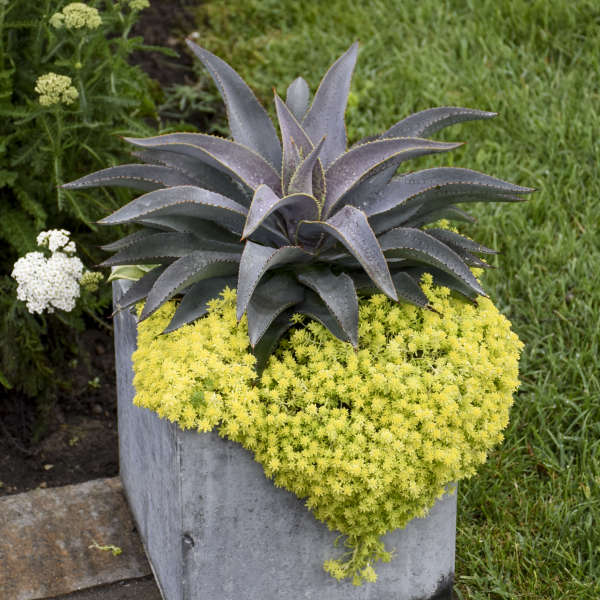
- Plant Purple Mangave in full Sun
- Allow spacing of 26 to 28 inches between plants, if you are planting a row of Mangave plants
- Fertilize at a strength of ½ during the Summer growing season (skip the fertilizer over the Winter months)
Planting Time – Grow Purple People Eater Mangave
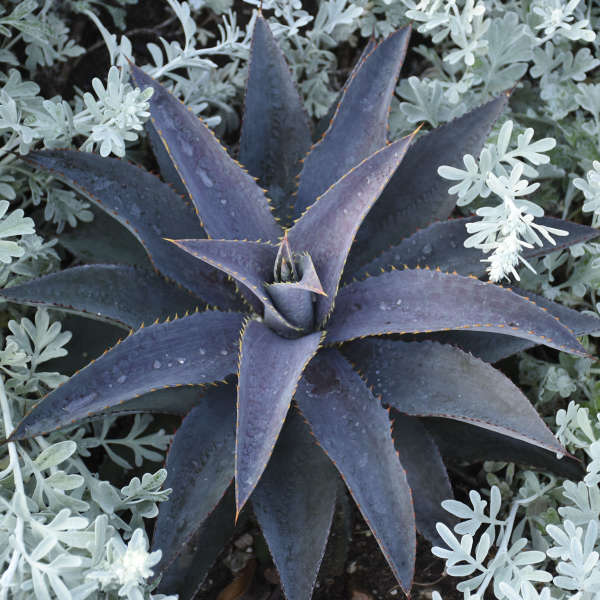
- Plant the Purple Mangave in the ground once the outdoor temperatures rise above 60 degrees
- Grow mangave in a container that is slightly larger than the mature plant size of 24 inches wide
- Plant anytime of the year for indoor growing or if your hardiness zone is 9 to 11
Plant Purple People Eater Mangave with these Tips
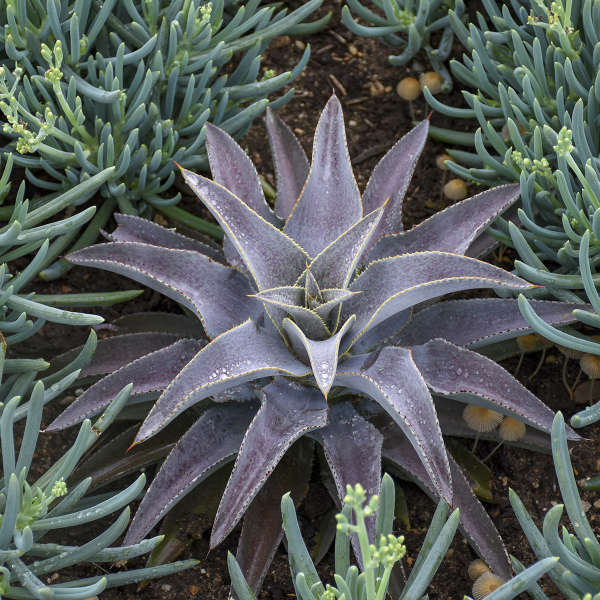
- Once establish, water lightly every couple of weeks
- Provide full Sun to intensify and maintain the beautiful spotting effect – give as much exposure to UV light as possible
- Grow in a container for a balcony, patio, porch or any small outdoor space
- Plant the Purple People Eater in gardens that have an eclectic, formal, modern, rock or succulent style
- Create a garden focal point or use Purple People Eater as a specimen plant
- North American native
Grow Purple People Eater Mangave with any of these as Companion Plants
Double Bubble Dianthus
Elijah Blue Festuca
Thunder and Lightning Knautia
Purrsian Blue Nepeta
As an alternative to other perennials, Purple People Eater Mangave requires little care to flourish. Plant in a garden spot that receives full sun, water when needed, and provides well-draining soil. It’s that simple. For the little amount of time you’ll spend on planting a Mangave plant, you’ll receive several seasons of garden pleasure.
This is the end of our post on how to grow Purple People Eater Mangave. Do you have a favorite Mangave in your garden? Maybe you have a collection of Mangave plants on the patio or in the garden? We love hearing from our readers. Tell us what you think in the comments section below about these beautiful succulents. Read our post 14 Mangave Plants for Sunny Gardens to learn more about Mangave plants. If you enjoyed this post . . . .
Enjoy Our Other Gardening related posts.
Silver Fox Mangave: a Garden Wonder
How to Grow Sun Loving Inkblot Mangave
17 Houseplant Decor Ideas for the Home
25 Drought Resistant Perennials
50 Sandy Soil Perennials that Like Sun
And if you have any questions, feel free to reach out to us in the comments below. Be sure to include your zone and lighting conditions regarding any garden questions. We always are ready to help you out. Thank you for dropping by.
Mary

